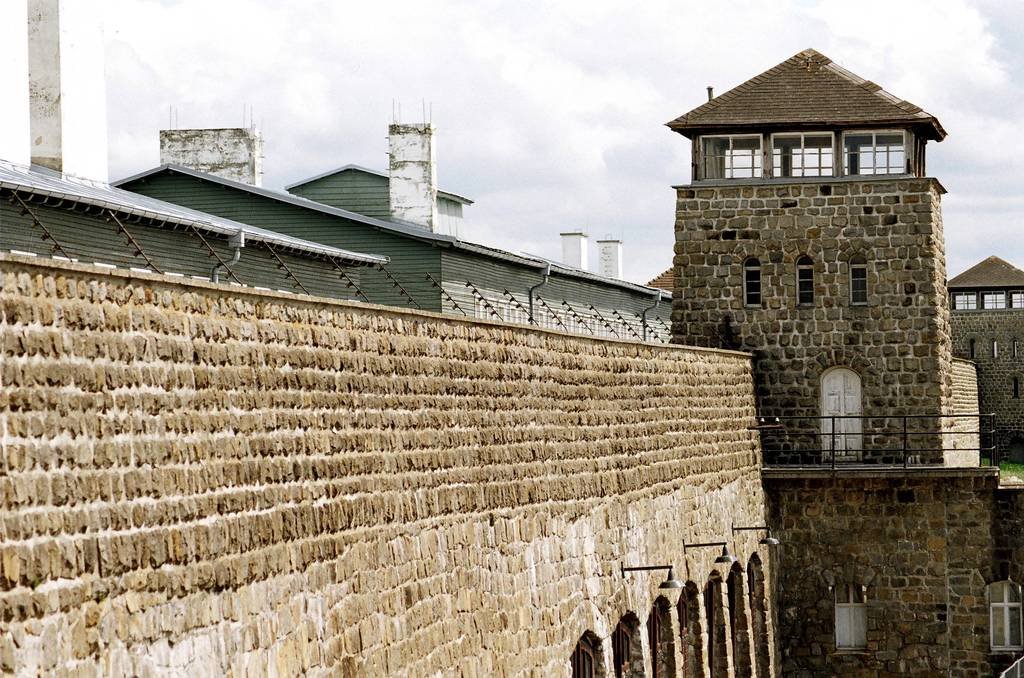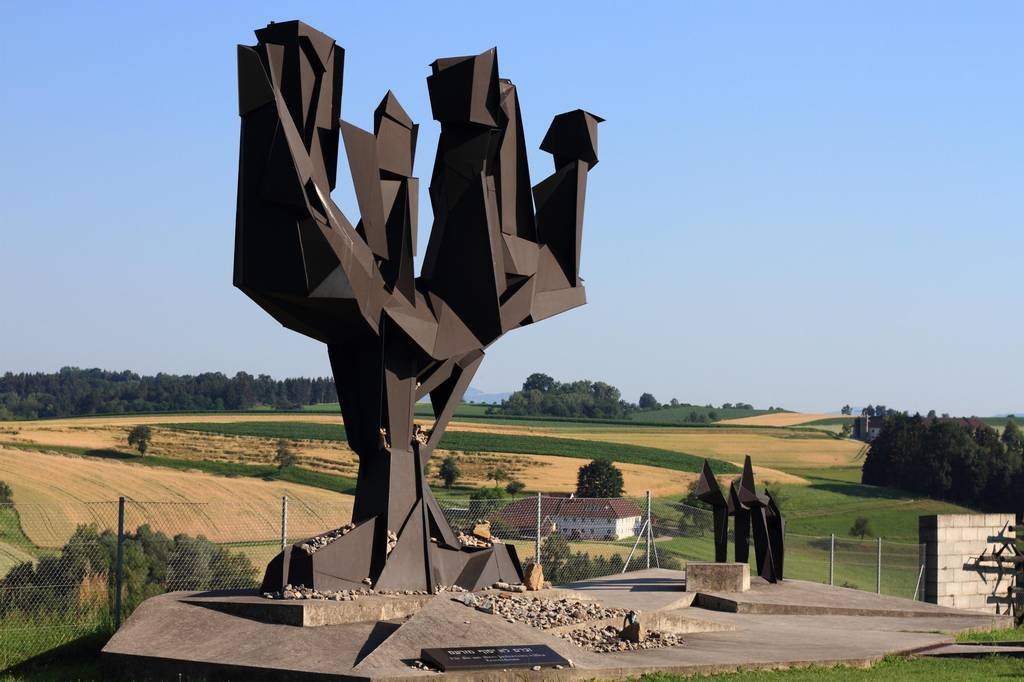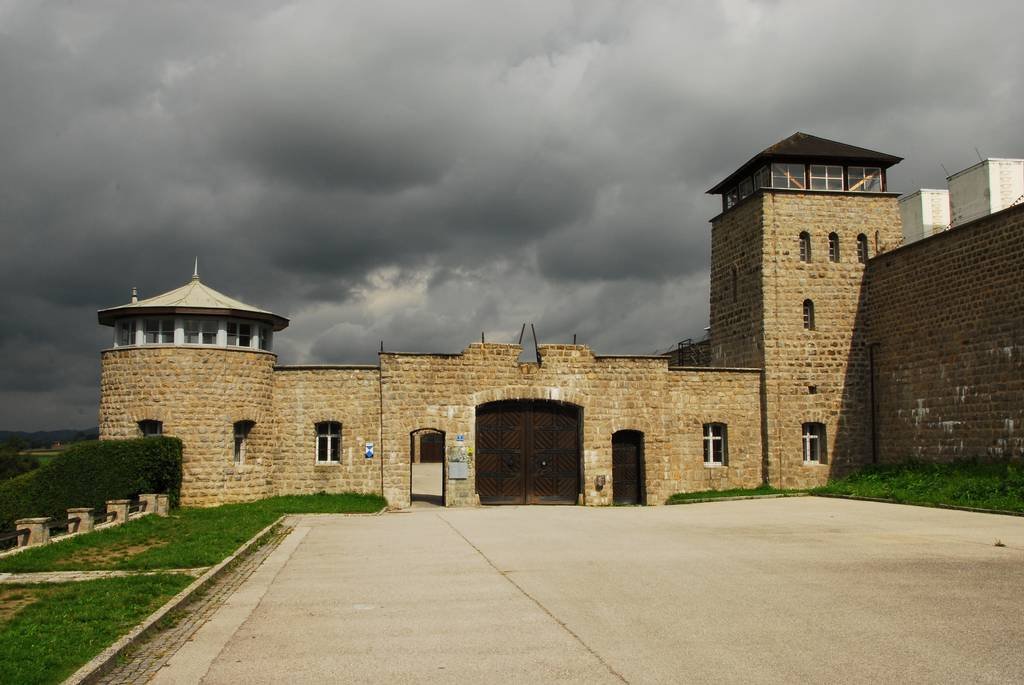Situated near the town of Mauthausen in Upper Austria, the Mauthausen Memorial serves as a solemn reminder of one of the darkest chapters in human history. Originally the Mauthausen Concentration Camp, established during World War II, this site is now preserved as a memorial and museum, dedicated to honoring the victims and educating visitors about the atrocities of the Nazi regime. A visit to Mauthausen is a deeply moving experience, offering both historical insight and a chance for reflection on human rights and resilience.
Historical Background
Mauthausen Concentration Camp was established in 1938, shortly after Austria’s annexation by Nazi Germany. It was one of the largest labor and extermination camps in Europe, where tens of thousands of prisoners, including political dissidents, Jews, Romani people, and prisoners of war, were subjected to forced labor, inhumane conditions, and systematic extermination.
The camp’s quarry, where prisoners were forced to carry heavy stone blocks up the infamous “Stairs of Death”, remains one of the most harrowing symbols of the brutality endured by those imprisoned at Mauthausen. Conditions in the camp were harsh, with inadequate food, unsanitary living quarters, and relentless work, leading to countless deaths.
Following the liberation of the camp by American forces in May 1945, the site was preserved to commemorate the victims and ensure that future generations understand the horrors of the Holocaust.

The Memorial and Museum
Today, the Mauthausen Memorial serves both as a historical site and an educational institution. Visitors can explore several key areas:
Camp Grounds: The original camp layout, including barracks, the quarry, watchtowers, and the gas chamber, is preserved to provide an authentic representation of the camp’s operation.
Documentation Center: Exhibits include photographs, documents, personal testimonies, and artifacts that detail the daily lives of prisoners, the organizational structure of the camp, and the crimes committed.
Stairs of Death: The quarry staircase remains a stark reminder of the physical and psychological torment endured by prisoners, offering visitors a tangible connection to the suffering that took place.
Cemetery and Memorial Sites: Monuments honor the victims, including those who perished at Mauthausen and its subcamps.
The memorial emphasizes both remembrance and education, providing context to the historical events and fostering reflection on human rights, tolerance, and the consequences of hatred.
Visiting Mauthausen Memorial
A visit to Mauthausen is a powerful experience that combines historical education with quiet reflection. Guided tours are highly recommended, as they provide detailed accounts of the camp’s history, survivor stories, and the broader context of the Holocaust.

Practical Tips:
Opening Hours: Open daily, but it’s best to check the official website for seasonal variations and special events.
Admission: Generally free, though donations are welcome to support the preservation of the site.
Guided Tours: Available in multiple languages; recommended for a deeper understanding of the history.
Respectful Conduct: Photography is allowed in some areas, but visitors are asked to maintain a respectful demeanor throughout the memorial.
Nearby Attractions
Visitors to Mauthausen can also explore the surrounding region:
Linz: The capital of Upper Austria, about 20 km away, with historic architecture, museums, and cultural attractions.
Danube River: Scenic walks and cruises along the river offer a peaceful contrast to the solemnity of Mauthausen.
St. Florian Monastery: A historic monastery near Linz, known for its architecture and organ music.
Traunviertel Region: Beautiful landscapes and nature trails for hiking and exploration.
Conclusion
The Mauthausen Memorial is not just a historical site—it is a place of remembrance, reflection, and education. By preserving the memory of those who suffered and perished, it serves as a powerful reminder of the importance of human rights, tolerance, and vigilance against injustice. A visit to Mauthausen is both sobering and enlightening, providing an opportunity to honor the victims while learning valuable lessons about humanity and resilience.





















